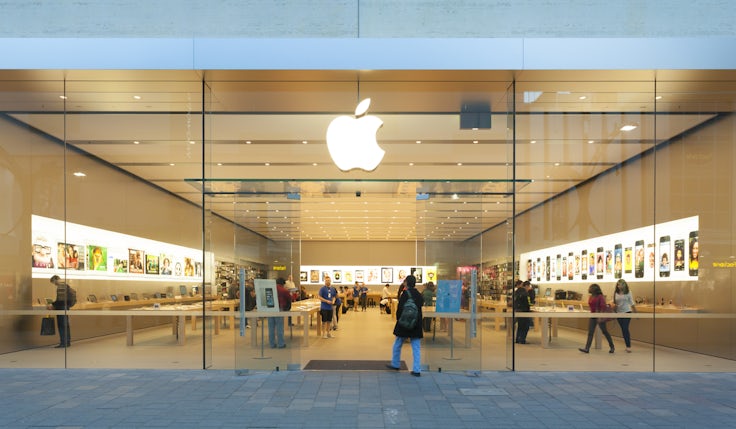Only 15% of brand assets are ‘truly distinctive’, study finds
Distinctive brand assets are widely seen as crucial in creating mental availability for brands, yet a new study classes only a small minority as truly distinct, suggesting brand codes are not being deployed to their full potential.
 Distinctive brand codes are seen by many as crucial to mental availability but according to a new study less than one in five (15%) of brand assets are “truly distinctive” finds research from Ipsos and Jones Knowles Ritchie (JKR).
Distinctive brand codes are seen by many as crucial to mental availability but according to a new study less than one in five (15%) of brand assets are “truly distinctive” finds research from Ipsos and Jones Knowles Ritchie (JKR).
Brand assets include visual and auditory features of brands, including logos, slogans, color palettes, and mascots.
The Ehrenberg-Bass Institute emphasises the significance of distinctive brand assets in building brand salience and mental availability. It defines distinctive brand assets as “non-brand name elements that can trigger the brand into memory for category buyers”.
Distinctiveness is the key when it comes to brand codes. However, the research carried out by Ipsos and JKR, analysing over 5,000 brand assets, found that many failed to meet the mark.
Ipsos surveyed over 26,000 global consumers and tested their perceptions of a diverse mix of brands and their assets. It then graded the brand assets into three categories: bronze, silver, and gold, with gold being “truly distinctive” assets that immediately bring the brand to mind.
On the other end of the spectrum, bronze assets are those unlikely to signify the brand when used in isolation. Almost two-thirds (65%) of assets were found to fall into this category.
While logos might seem like the most obvious of brand codes, with the best chance of being distinctive, the research finds that less than one in five (19%) of brand logos are in the gold category of distinctiveness.
The findings from Ipsos and JKR state that it is not necessarily the design of the logo that is important, but rather the sustained use of it. This applies to any brand code, whether it is colour palettes, typography, or logos.
Those brands that have distinct codes have license to play with them. For example, in 2019, Mastercard dropped its brand name from its logo. The brand had the power to do this because of its “50 years of applying and reapplying its codes across everything it does,” wrote Marketing Week columnist Mark Ritson at the time. He advised brands to “apply [their] codes mercilessly to everything”.
Mastercard’s wordless logo shows the power of distinctive brand codes
Brand slogans and colour perform extremely poorly for distinctiveness, according to the research. Just 4% of brand colours achieved gold distinctiveness, with a similar proportion (6%) of slogans making the cut.
From a black and white pint of Guinness, to a dimpled block of Lego, the research suggests that the product is the brand asset most likely to achieve true distinctiveness among consumers. Almost one-third (31%) of these achieved the gold standard.
Almost one in five (16%) brand characters scored gold in the research. Not only can brand characters create emotional resonance, but they can also help brands stand out from competitors.
Churchill Insurance has been using its canine brand character Churchie frequently in its ads for over 25 years.
“Insurance is mundane, and buying it is an emotional decision-making process. Having Churchie as our frontman enables us to bring charm and warmth to what is ordinarily a grudge purchase,” head of marcomms Lucy Brooksbank told Marketing Week back in 2019.
Whether it is brand characters, logos, or color, the study from Ipsos and JKR warns brands distinctiveness cannot be created by using these codes in isolation. Alongside consistency and understanding of your brand, it will help create distinctiveness from brand assets, the study advises.
“It’s not about rubber-stamping the same assets in the same formulation across every single touchpoint. It’s about picking the right tool for the right job,” the report authors say.







